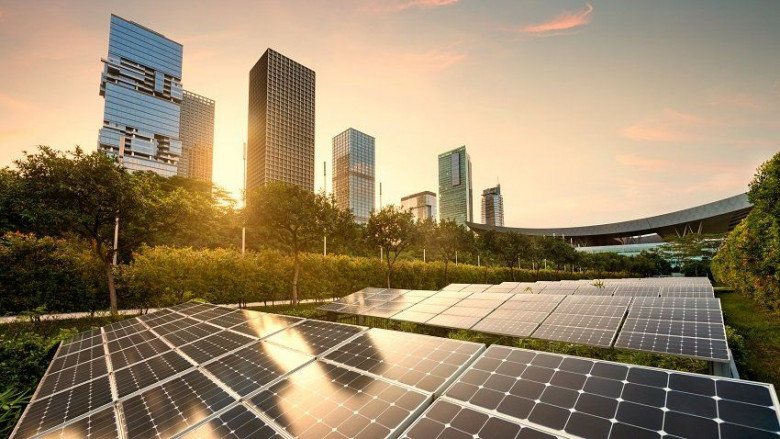views

The World’s Largest Clean Energy Project Sending Power from Australia to Singapore
How much power are we talking?
The Australia-Asia Powerlink project is set to create a huge solar precinct across 12,000 hectares of arid land in Powell Creek, south of Darwin. With the site being known as one of the sunniest places on earth, it’s the perfect place for such a bold undertaking.
The proposed solar farm would be capable of generating a whopping 7-20 gigawatts of peak solar power generation, and would also be home to battery storage of between 36-42 gW. To put that in perspective, the current largest solar power installation in the world is the Bhadia Solar Park in India, which runs at about 2.245gW. So, the Powell Creek installation is set to be nearly 10 times as big.
From Australia to Singapore
Strangely enough, generating and storing the power generated at Powell Creek is the easy (if not quite expensive) part. The process of getting the solar power from 800km south of Darwin to Singapore is set to be a huge undertaking.
First, the power will be sent to the coast of Australia via overhead cables. From there, it goes north-west towards Singapore through the use of high-voltage submarine cables along the sea floor. Indonesia is helping out with survey permits, and also recommending the best route through the surrounding islands.
In total, the underseas cables will stretch around 4,200 kms, for a total of 5,000 kms from the source site in Powell Creek.
How does Singapore benefit?
Singapore is low on space, but has significant energy requirements considering its population of almost 6 million people. The Australia-Asia Powerlink will have the capability of providing Singapore with around 3.2gW of dispatchable clean energy. In total, it’s expected this injection of solar energy could provide up to 15% of Singapore’s energy requirements and power up to 3 million homes.
Perhaps the biggest benefit is the environmental impact. This project is expected to cut 11.5 million tonnes of CO2 emissions, which is the same as removing around 2.5 million cars from the road.
When will it be up and running?
Currently, environmental studies are taking place, and funding is set to close in 2023. Once funding is finalised, construction should commence almost immediately, with a plan for Darwin to be selling power by 2026. The Singapore connection should be ready to go early in 2027.
In promising signs, capital raising has already begun, and Sun Cable has already completed the sub-sea survey process for the 750kms that lies in Australian waters.













